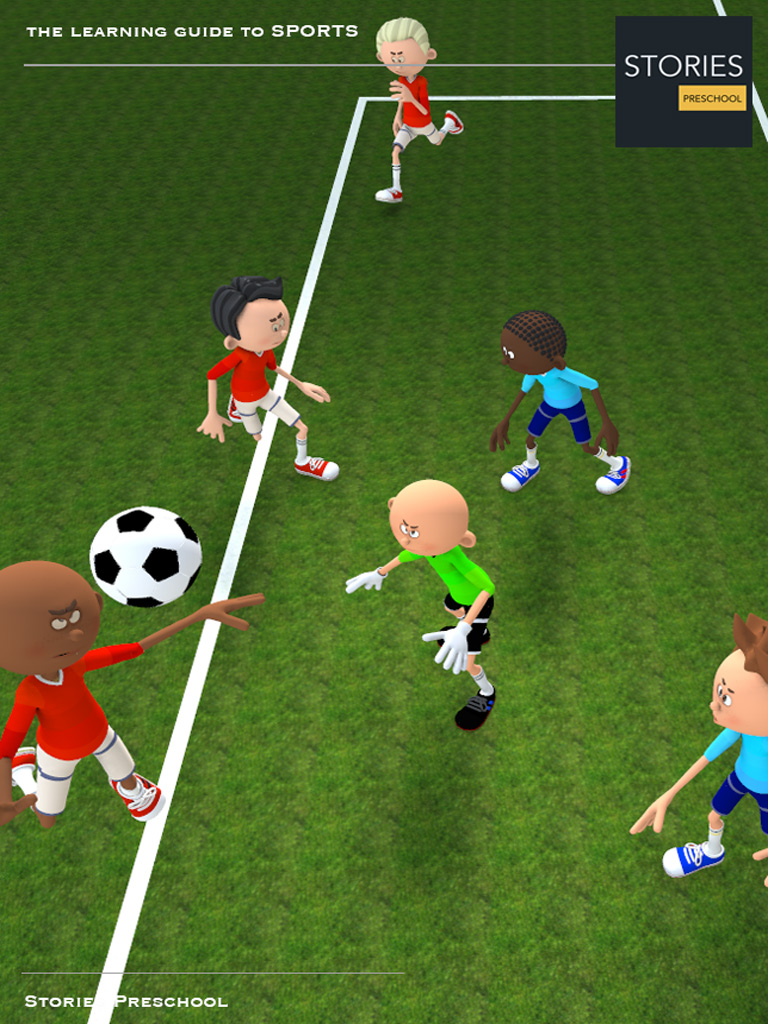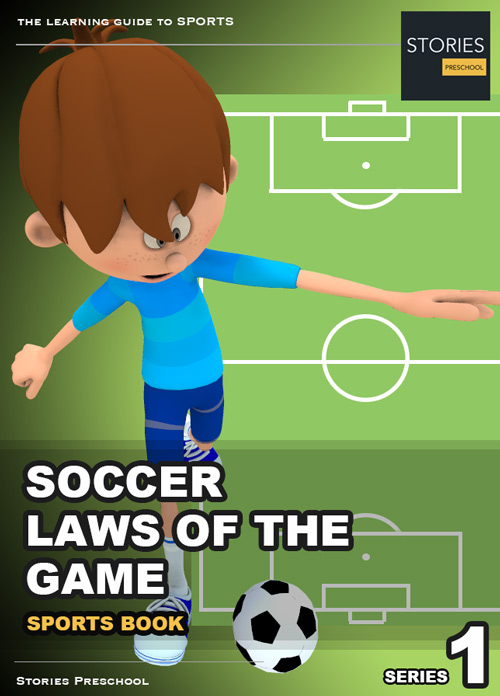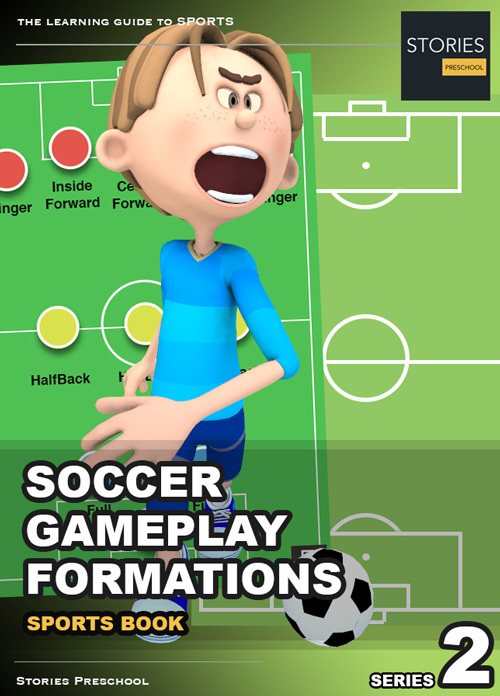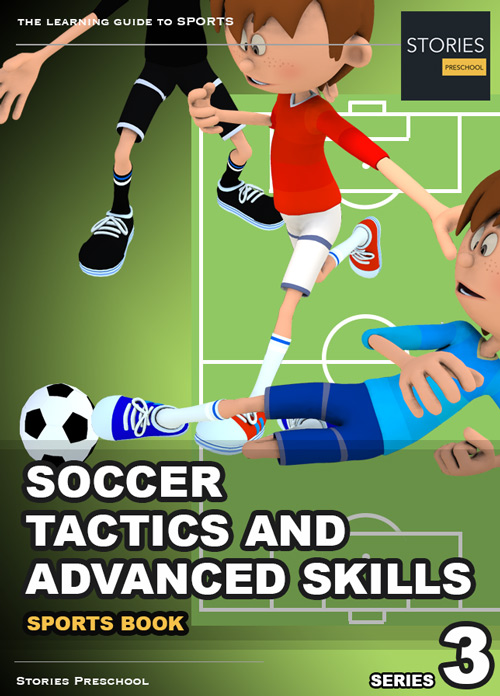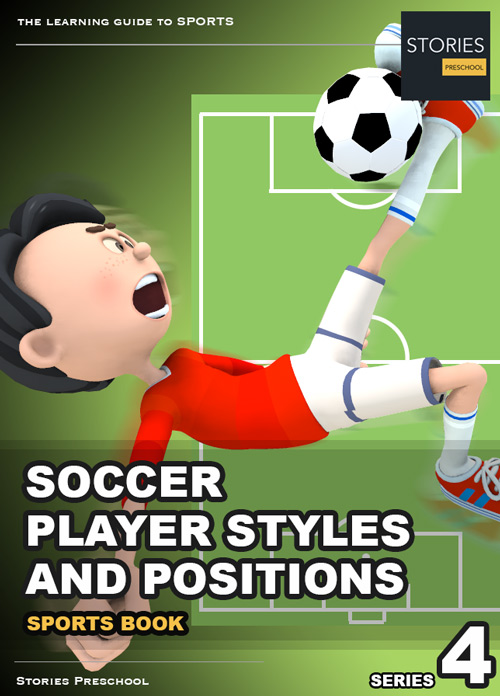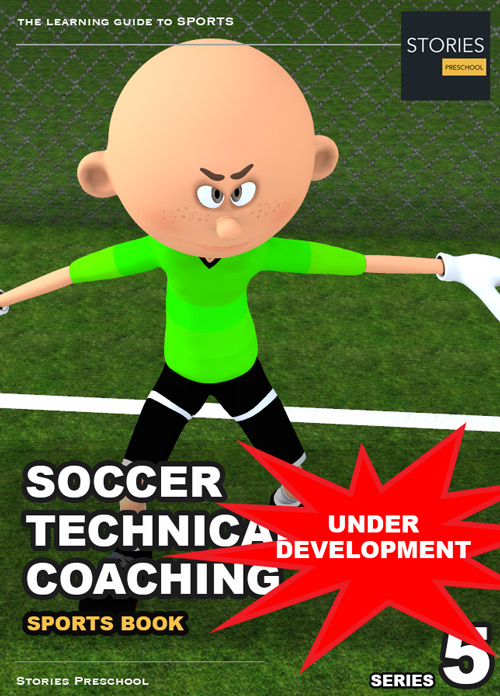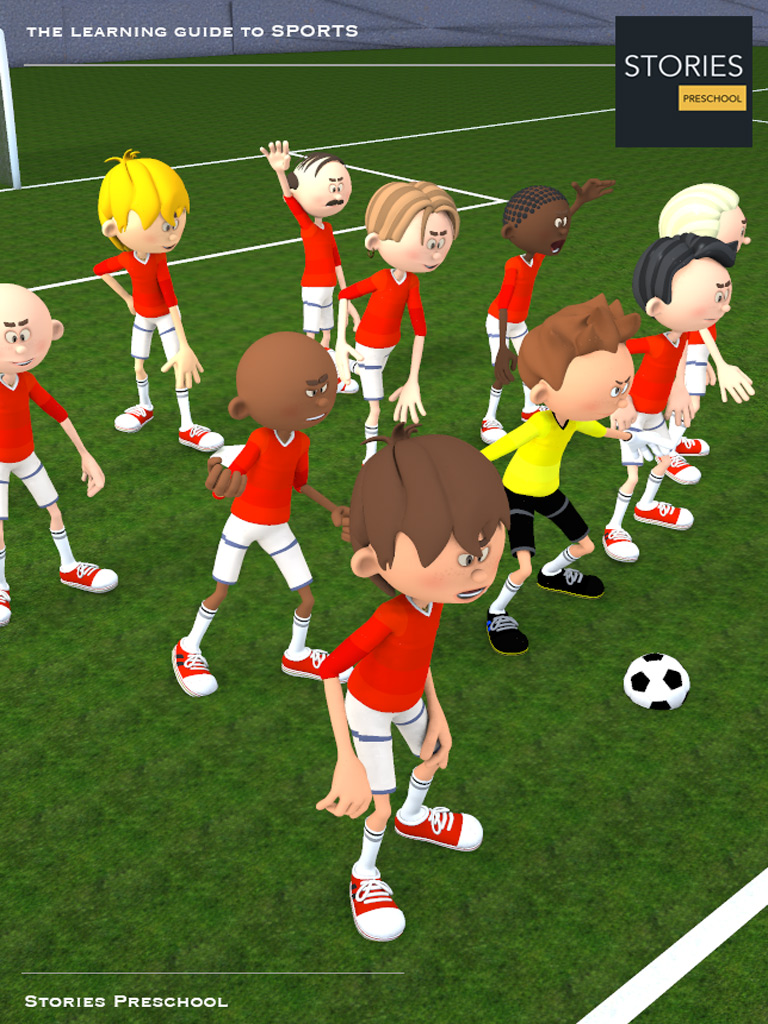Soccer
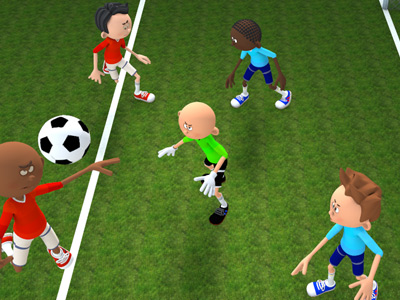
4–4–2 Formation
This formation was the most common in football in the 1990s and early 2000s, so well known that it inspired the title of the magazine FourFourTwo. The midfielders are required to work hard to support both the defense and the attack: typically one of the central midfielders is expected to go upfield as often as possible to support the forward pair, while the other will play a "holding role", shielding the defense; the two wide midfield players must move up the flanks to the goal line in attacks and yet also protect the full-backs. On the European level, the major example of a team using a 4–4–2 formation was Milan, trained by Arrigo Sacchi and later Fabio Capello, which won three European Cups, two Intercontinental Cups, and three UEFA Super Cups between 1988 and 1995. Under Milan's example, it became very popular in Italy in the late 1980s and early 1990s.
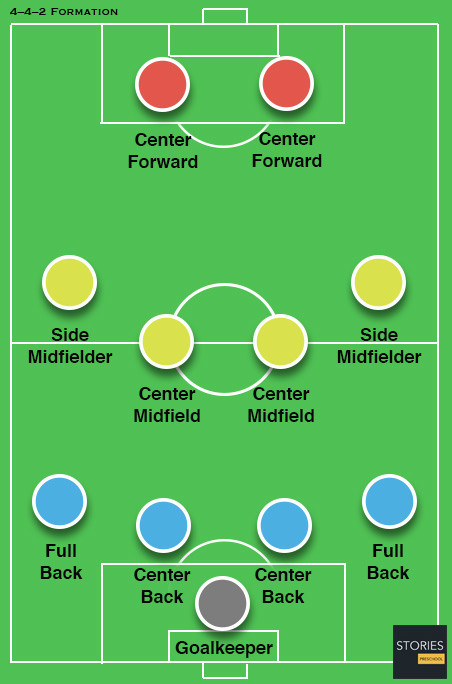
More recently, commentators have noted that at the highest level, the 4–4–2 is being phased out in favour of formations such as the 4–2–3–1. In 2010, none of the winners of the Spanish, English and Italian leagues, nor the Champions League, relied on the 4–4–2. Following England's elimination at the 2010 World Cup by a 4–2–3–1 Germany side, England National Team coach Fabio Capello (who was notably successful with the 4–4–2 at Milan in the 1990s) was criticized for playing an "increasingly outdated" 4–4–2 formation.
However, the 4-4-2 is still regarded as the best formation to protect the whole width of the field, having recently contributed to Diego Simeone's Atlético Madrid victory in 2013-14 La Liga against the technically more endowed Barcelona and Real Madrid sides, having been also adopted by Carlo Ancelotti's Real Madrid during the same season, in which they won the 2013-14 UEFA Champions League against Atlético Madrid.
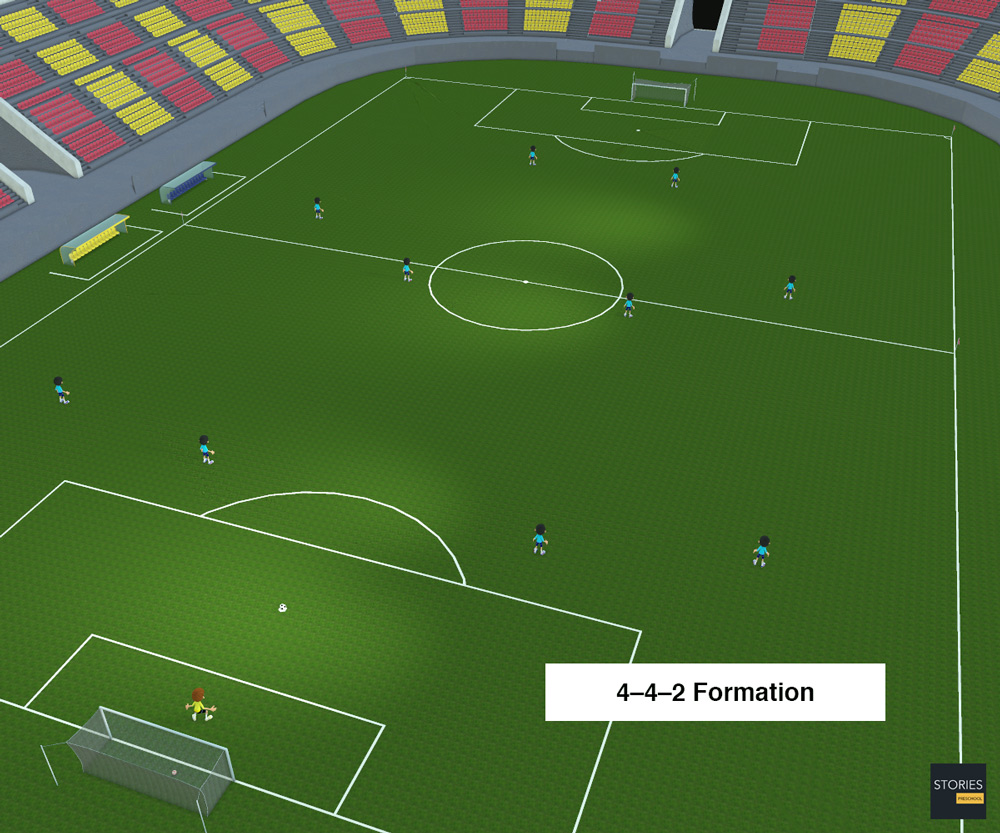
SPORTS
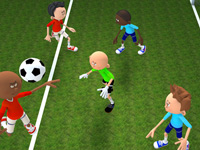
RESOURCES
This article uses material from the Wikipedia articles "Association football" and "Formation (Association football)", which is released under the Creative Commons Attribution-Share-Alike License 3.0.
© Stories Preschool. All Rights Reserved.
